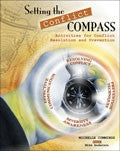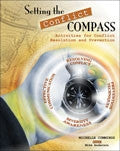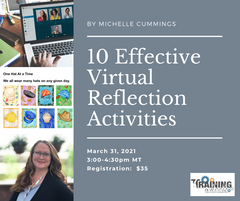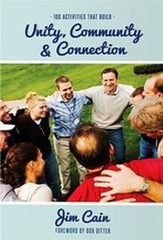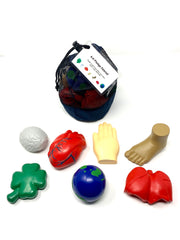Setting the Conflict Compass
Setting the Conflict Compass
By Michelle Cummings, with Mike Anderson
Overview
Setting the Conflict Compass is a practical resource designed to help facilitators, educators, and team leaders address conflict, prevention, and diversity through hands-on, experiential activities. Written by Michelle Cummings, founder of Training Wheels, with contributions from Mike Anderson, this book empowers participants to understand, navigate, and resolve conflict in both workplace and youth environments.
Features
-
Compass-Themed Framework:
Uses the metaphor of a compass to help participants "get their bearings" in conflict situations, exploring the characteristics of both compasses and conflict, and how compass parts relate to conflict resolution. -
Processing and Debriefing:
Emphasizes the importance of reflective processing and debriefing, offering strategies for meaningful group discussions after activities. -
Quotes on Conflict:
Includes a curated collection of insightful quotes to spark conversation and reflection around conflict and its role in relationships and teams. -
Corporate and Youth Environments:
Provides tailored activities and strategies for addressing conflict in both professional and youth settings, including a dedicated section for corporate environments and a comprehensive approach to bullying prevention in youth programs. -
Bullying Prevention:
Features a sample 8-week sequence for bullying prevention, complete with research findings and best practices to support lasting change. -
Hands-On Activities:
Offers a wide variety of experiential activities that encourage participants to explore their own conflict styles, gain new perspectives, and practice collaborative problem-solving. -
Practical Tools and Techniques:
Equips readers with actionable tools for increasing collaboration, resolving disputes, and finding win/win solutions in diverse settings.
Why We Love It
Setting the Conflict Compass stands out for its accessible, activity-based approach to conflict resolution and prevention. By combining theory, practical strategies, and engaging exercises, it helps participants become more aware of their own responses to conflict and learn effective ways to address challenges. The compass metaphor makes complex concepts relatable, while the inclusion of both corporate and youth-focused content ensures broad applicability. The book’s emphasis on processing, debriefing, and perspective-taking fosters empathy, collaboration, and real change in group dynamics.
